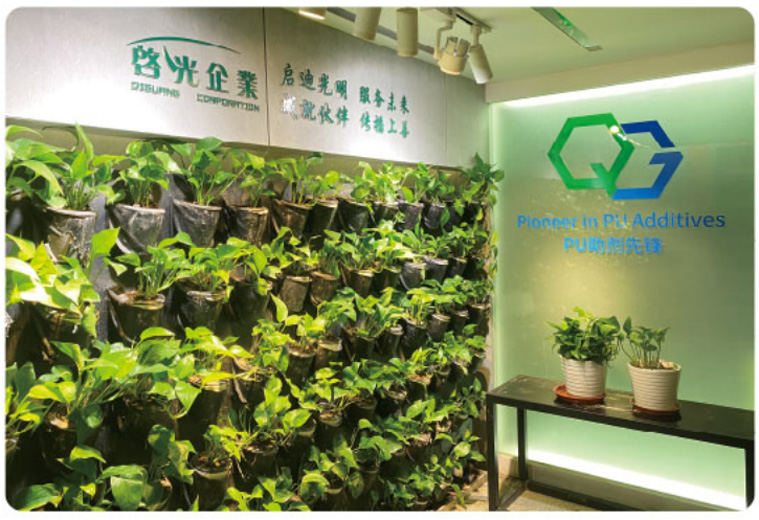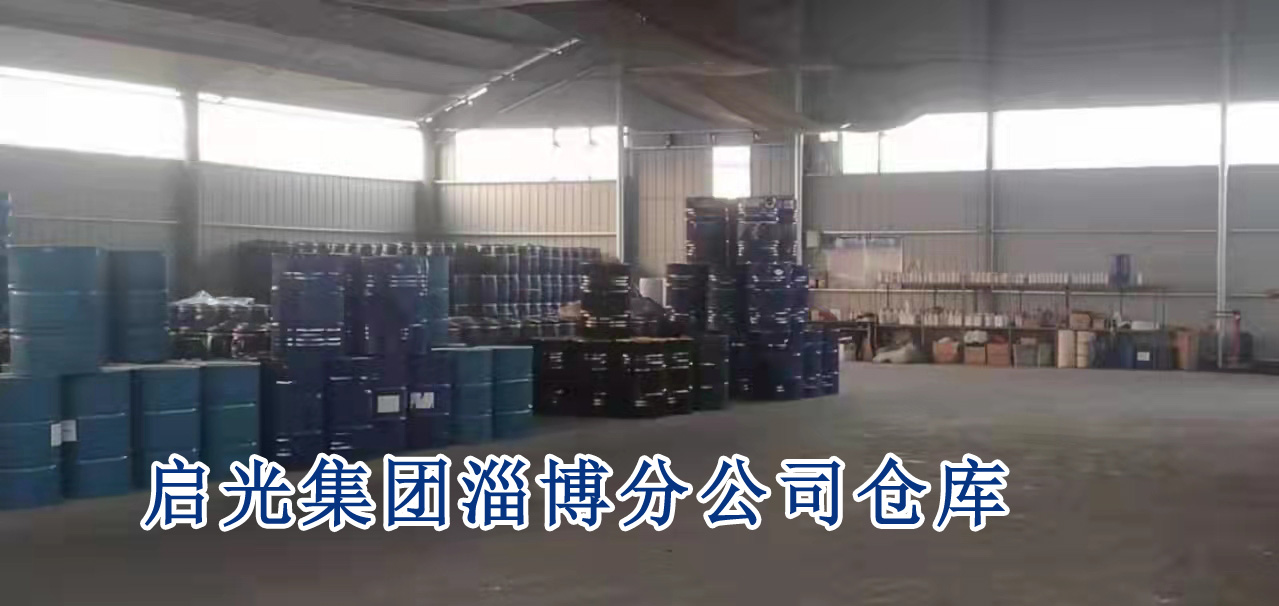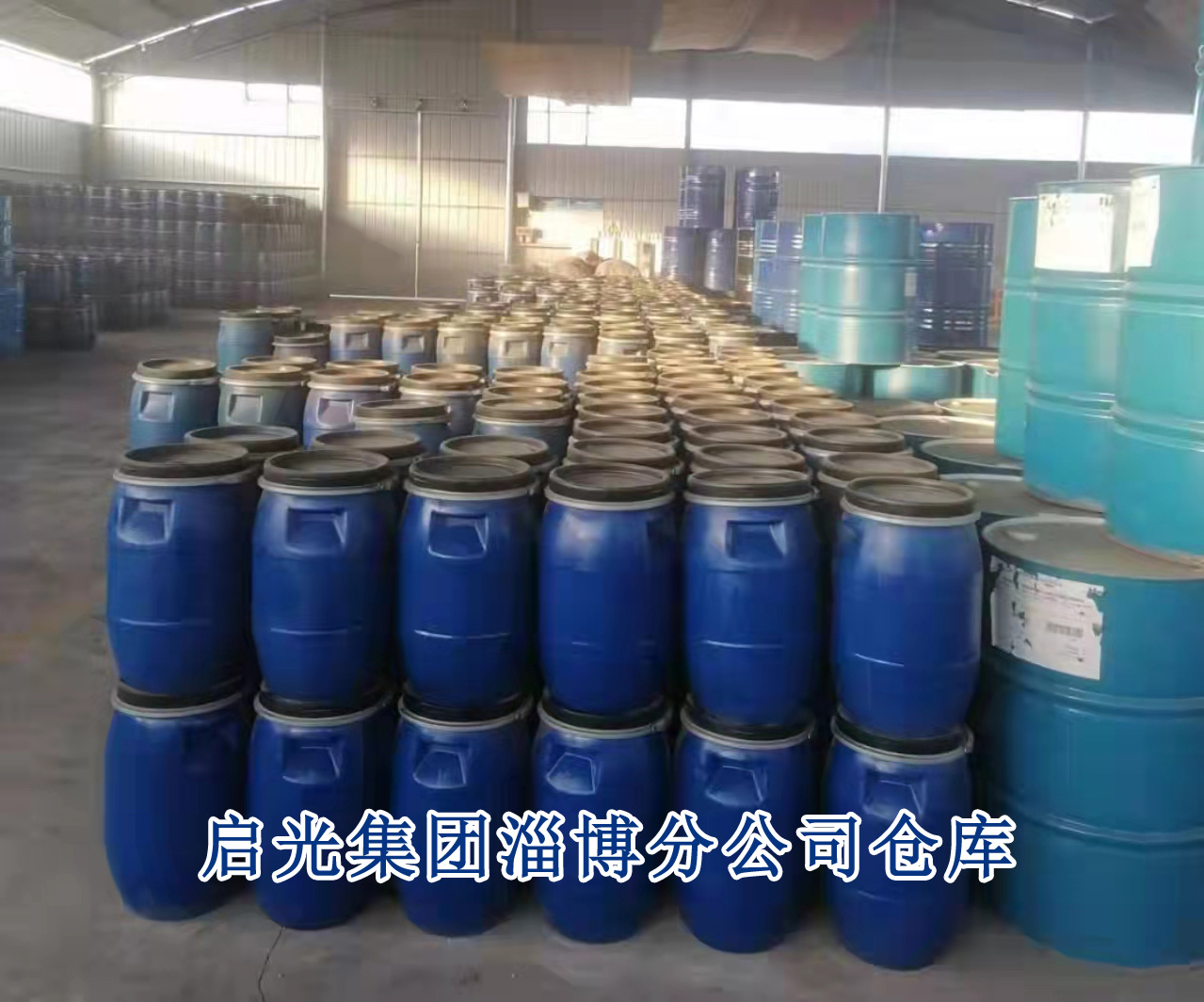Polyurethane flexible foam, refers to the soft polyurethane foam, is a kind of flexible polyurethane foam with certain elasticity, it is the largest amount of polyurethane products in the polyurethane products a polyurethane product. Polyurethane flexible foam is mostly open pore structure, with low density, good elastic response, sound absorption, breathability, heat preservation and other properties, mainly used as furniture cushion material, mattress, transportation seat cushion and other cushion materials, industrial and civil use of flexible foam is often used as filter materials, sound insulation materials, anti-vibration materials, decorative materials, packaging materials and thermal insulation materials.

According to different classification criteria, polyurethane flexible foam can be divided into different types.
1、According to the different degrees of softness and hardness, i.e. load resistance, polyurethane soft foam can be divided into ordinary soft foam, super soft foam, high load-bearing soft foam and high resilience soft foam, etc. Among them, high resilience soft foam and high load-bearing soft foam are generally used in the manufacture of seat cushions and mattresses, etc.
2, according to the different production process, polyurethane soft foam can be divided into block soft foam and molded soft foam, block soft foam is produced through the continuous method process of large volume foam, and then cut it into the required shape of foam products, molded soft foam is directly mixed with raw materials through the gap method process and then injected into the mold foam into the required shape of foam products.

Why are there so many different types of polyurethane foam and so many applications? This is due to the variety of raw materials used in the production of polyurethane foam, which makes the nature of the made polyurethane foam also varies, so what is the impact of raw materials used in polyurethane foam on the nature of the finished product? The answer will be given in the following.
I. Polyether polyol
Polyether polyol, as the main raw material for producing polyurethane flexible foam, reacts with isocyanate to produce carbamate, which is the skeleton reaction of foam products. If the dosage of polyether polyol increases, which is equivalent to the dosage of other raw materials (isocyanate, water and catalyst, etc.) decreases, it is easy to cause the cracking or collapse of the polyurethane soft foam products. If the amount of polyether polyol decreases, the polyurethane soft foam products made are hard and less elastic, with bad handfeel.
In addition, the average functionalities of polyether polyol have an effect on the performance of the polyurethane foam. Under the same functional degree, the higher the molecular weight of polyether polyol, the lower the reactivity, but the tensile strength, elongation and resilience of the resulting polyurethane soft foam products are significantly increased; under the same equivalent value (molecular weight/functionality), the increase in the functional degree of polyether polyol, the reactivity is enhanced, the reaction rate is relatively faster, the cross-linking degree of the resulting polyurethane is increased, and the foam hardness is increased. However, the elongation of the material decreases. Therefore, Luoyang Tianjiang New Chemical Materials Co., Ltd. suggests that polyether polyol with the average functional degree above 2.5 should be chosen for the production of polyurethane soft foam materials.
Second, foaming agent
Generally, in the manufacture of polyurethane block foam with density greater than 21g/cm3, only water (chemical blowing agent) is used as blowing agent, while low boiling point compounds (physical blowing agent) such as methylene chloride (MC) are used as auxiliary blowing agent in low density formulations or super soft formulations.
Water as a blowing agent and isocyanate reaction to generate urea bonds and release a large amount of CO2 and heat, the reaction is a chain growth reaction. The more water, the lower the density of foam, the stronger the hardness, while the foam pillar becomes smaller and weaker, reducing the bearing capacity, easy to collapse bubble, crack bubble and other phenomena, in addition, the amount of consumption of isocyanate increases, the heat release increases, easy to cause core burning. If the amount of water exceeds 5.0 parts, physical foaming agent must be added to absorb part of the heat to avoid the occurrence of core-burning phenomenon. The amount of water is reduced and the amount of catalyst is reduced accordingly, but the density of the polyurethane foam produced increases.
The auxiliary blowing agent will make the density of polyurethane foam as well as the hardness decrease. Since the auxiliary blowing agent absorbs part of the reaction heat when gasification and makes the curing rate slow down, the amount of catalyst should be increased appropriately; at the same time, since gasification absorbs part of the heat, thus avoiding the danger of burning core.

Three, toluene diisocyanate
Polyurethane soft foam generally use T80, that is, 2,4-TDI and 2,6-TDI two isomers ratio of (80±2)% and (20±2)% of the mixture.
The actual amount of isocyanate = [0.1554 × (acid value of polyol polymer + hydroxyl value) + 9.667 × water %] × isocyanate index. The isocyanate index is usually controlled between 1.03 and 1.10. The isocyanate index increases within a certain range, then the hardness of the foam increases, but after reaching a certain point the hardness no longer increases significantly, while the tear strength, tensile strength and elongation all decrease.
When the isocyanate index is too high, it also leads to a long time sticky surface, increased compression modulus of the foam body, coarse foam network structure, increased closed pores, and decreased resilience, which sometimes leads to product cracking. At the same time, the unreacted TDI continues to react, resulting in increased heat generation, longer exothermic time and maturation time, sometimes up to several hours. This will make the center of the foam body temperature in high temperature for a long time, which will easily cause coking and core burning in the center of polyurethane foam.
If the isocyanate index is too low, the mechanical strength and resilience of the foam body will be reduced, which will make the foam body easy to produce small cracks and eventually cause the problem of poor repeatability of the foam processing process; in addition, if the isocyanate index is too low, it will also make the permanent deformation of polyurethane foam in compression larger, and the surface of the foam body is easy to produce a sense of humidity.
IV. Catalysts
1、Tertiary amine catalyst: A33 (33% triethylene-diamine solution) is generally used. Its function is to promote the reaction of isocyanate and water, adjust the density of foam and bubble opening rate, etc., mainly to promote the foaming reaction.
If the amount of tertiary amine catalyst is too much, it will lead to the splitting of polyurethane foam products, and there are holes or bubble eyes in the foam; if the amount of tertiary amine catalyst is too little, it is easy to make the polyurethane foam shrink and close the holes, and it will make the bottom of the issued foam products thick.
2、Organic metal catalyst: generally use T-19 catalyst of octanoic acid and organotin; T-19 is a catalyst of gel reaction with high catalytic activity, the main role is to promote the gel reaction, that is, the late reaction.
If the amount of organotin catalyst is too much, it will lead to too fast gelation, viscosity increase, resilience and permeability change, and easy to cause the phenomenon of closed pore; if the amount of organotin catalyst is too little, it will make the gel insufficient, which will lead to the phenomenon of splitting during the foaming process, foam edge or top cracking, and the phenomenon of deblanking and hairy edge. If the dosage of organotin catalyst is increased appropriately, a relaxed and good open-cell polyurethane foam can be obtained. Further increasing the dosage of organotin catalyst will cause the foam body to gradually become tight, resulting in shrinkage and closed-cell.
Decreasing the amount of tertiary amine catalyst or increasing the amount of organotin catalyst can increase the strength of the polymer bubble wall when a large amount of gas is generated, thus reducing hollowing or cracking.
Whether a polyurethane foam has a desirable open or closed cell structure depends largely on the balance between the rate of gelation reaction and the rate of gas expansion during the formation of the polyurethane foam. This balance can be achieved by adjusting the type and amount of tertiary amine catalyst catalyst and foam stabilizer and other additives in the formulation.
V. Foam stabilizer (silicone oil)
Foam stabilizer is a kind of surfactant, which can make polyurea well dispersed in the foaming system, playing the role of “physical cross-linking point”, and can obviously improve the early viscosity of polyurethane foam mixture to avoid cracking bubbles.
On the one hand, the foam stabilizer has emulsification effect, which can enhance the mutual solubility between the components of foam materials, on the other hand, the addition of silicone surfactant can reduce the surface tension of liquid r, which can reduce the free energy required for gas dispersion, and also make the air dispersed in the raw material easier to nucleate during the mixing process, which can help the generation of small bubbles, adjust the size of foam pores, control the structure of bubble pores, and improve the foam stability. In addition, it can effectively prevent the bubble hole from deflating and rupture, make the foam wall flexible, and control the pore size and uniformity of the foam. Experts from Luoyang Tianjiang Chemical summarize the role of foam stabilizer as follows: stabilize the foam at the early stage of foaming, prevent the foam in the middle of foaming and bubble, and make the bubble hole connected at the late stage of foaming. Generally, the more the amount of foaming agent and POP, the greater the amount of silicone oil.
If the amount of foam stabilizer is too much, it will make the late foam wall elasticity increases, the bubble pore fine, not easy to break, but easy to cause closed pore; if the amount of foam stabilizer is too little, it will produce foam rupture, collapse bubble after starting, foam pore size and easy and bubble and other problems.
Sixth, the influence of temperature
Polyurethane foaming reaction is accelerated with the rise of material temperature, which will cause the danger of burning core and fire in sensitive formulations. General control of polyol and isocyanate components of the temperature remains unchanged. The foam density decreases when foaming and the material temperature increases accordingly. The same formula, the same material temperature, high temperature in summer, the reaction speed is accelerated, resulting in foam density, hardness, elongation increased, mechanical strength increased. In summer, the isocyanate index can be increased appropriately to correct the decline in hardness.
Seven, the effect of air humidity
Humidity increases, due to the reaction between the isocyanate group part of the foam and the moisture in the air, resulting in the decrease of hardness, so the amount of isocyanate can be increased appropriately when foaming. Too large will cause the ripening temperature is too high cause heartburn.
Eight, the impact of atmospheric pressure
The size of the atmospheric pressure in the foaming process will also have a certain degree of influence on the performance of the polyurethane foam products. The greater the pressure, the greater the density of the finished product; conversely, the smaller the pressure, the smaller the density of the finished product. For example, using the same formula, the higher the altitude of the foaming place, the lower the density of the final foam products.

Finally, we also want to remind you of the following points.
1, in the formation process of foam products, gel reaction and foam reaction are happening at the same time, but there is a competitive relationship between the reactions, in general, the speed of foam reaction is greater than the speed of gel reaction.
Gel reaction – the formation of urethane reaction (i.e. the reaction of isocyanate group with hydroxyl group).
Foaming reaction – refers to the reaction in which water participates, producing urea and generating bubbles.
Whether a polyurethane foam has a desirable open or closed cell structure depends largely on the balance between the rate of gelation and the rate of gas expansion during foam formation. This balance can be achieved by adjusting the type and amount of additives such as tertiary amine catalysts and foam stabilizers in the formulation.
2, the number of bubbles formed in the foaming system and the size of the bubble holes in the foam depends on the role of the nucleating agent, the more nucleating agents, the more bubbles generated, the smaller the bubble holes.
Nucleating agent is a substance that can cause the formation of bubbles, such as microscopic solid particles in the system, liquid, foam stabilizer or originally dissolved in the material, such as fine bubbles, including air or nitrogen dissolved in polyol and isocyanate, carbon dioxide, foam stabilizer, carbon black and other fillers. These substances can make the gas in the material to produce more bubbles, the more bubbles the more stable the generation of the bubble hole is the finer.
3、The length of emulsion time will also affect the nature of the finished polyurethane foam to a certain extent, the longer the emulsion time, the more conducive to the growth of large bubbles. Therefore, in order to reduce the generation of large bubbles, the amount of catalyst can be increased moderately, which can shorten the emulsion time, and the competition between gel reaction and bubble formation reaction can get fine pore foam.

